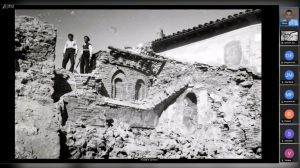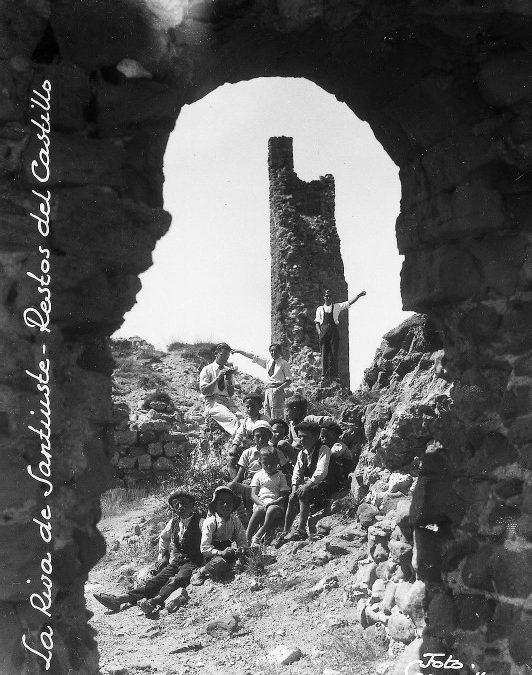After the presentation by María de los Santos García Felguera, Víctor Iniesta Sepúlveda spoke to us about Tomás Camarillo, a photographer from the province of Guadalajara, who has been the subject of his doctoral thesis.
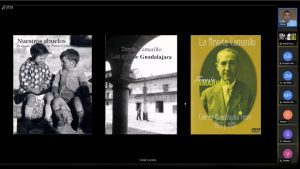

Tomás Camarillo (1879-1954) was born in Guadalajara, into a very humble family, and from a very young age he had to help with his work in the family business, a tobacconist. Even so, the economic situation was very bad, and at a very young age he had to go to work in Madrid, as a delivery boy for a grocery store. There he found how the people of Madrid made fun of Guadalajara, his land, then a rural, impoverished and isolated space. Those pejorative comments were, years later, the revulsive for that alcarreño to use photography and cinema to claim the cultural wealth of his province and reinforce the identity ties of his countrymen.
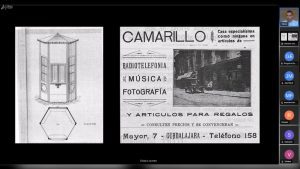
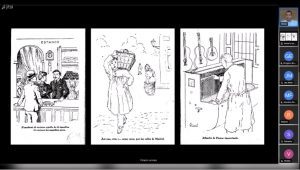
Upon his return to Guadalajara, around 1902, Tomás Camarillo held various jobs: clerk in a court and municipal offices, he started a musical instrument rental business, and finally he set up a trinket kiosk in a central square in Guadalajara. From this business he would set up another more important one, a kind of bazaar where he sold radios, photographic material for amateurs, and film material. With this material, and with his capacity for work and self-training, he became a photographer, and began to tour the province of Guadalajara, capturing his wealth of heritage in photographs, while promoting and trying to sell other products from his establishment, such as the radio.
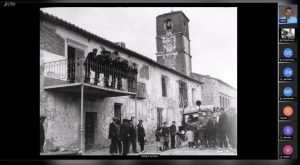

Tomás Camarillo was a self-taught amateur photographer, entrepreneur, with cultural concerns and committed to the care of heritage. With an exhaustive method, he assembled a large visual repertoire documenting landscapes, views of towns, and immovable, movable, and intangible cultural assets. Likewise, he took pains to publicize his creations: he showed his photographs in critically acclaimed exhibitions and publications, and exhibited his films in screenings that thrilled the public. He even set up a museum with his photographs of the province, first in his house, and later in the council. His friendship with the historian Francisco Layna Serrano was fundamental in this task.
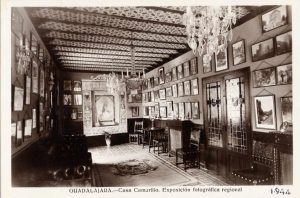
Camarillo House. Photographic exhibition at the author’s home, 1944. Center for Studies of Castilla-La Mancha, University of Castilla La Mancha.
Recently, his work, bequeathed to the Provincial Government of Guadalajara, has been enriched after the discovery of more copies from his private collection, made up of family and travel stereoscopic views. Preserved after almost a hundred years, his films and snapshots of him are exceptional testimonies of a valuable cultural heritage, today forgotten, transformed or disappeared.
